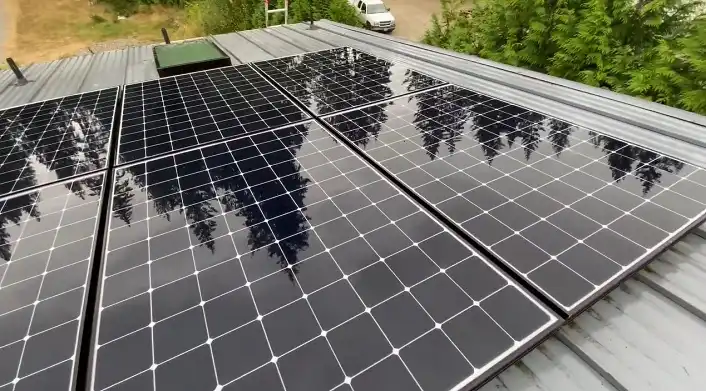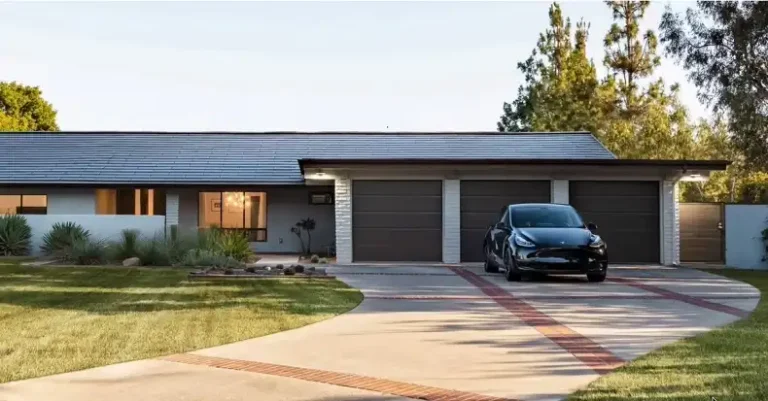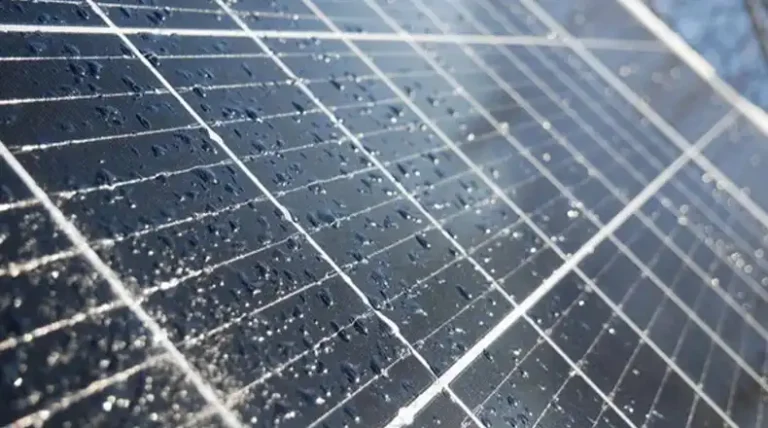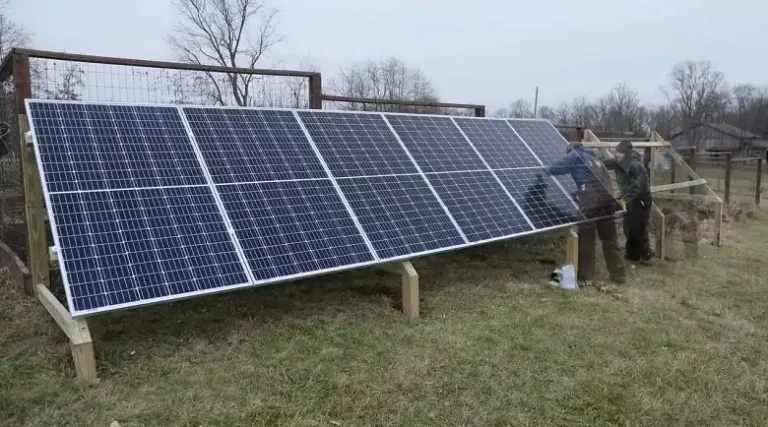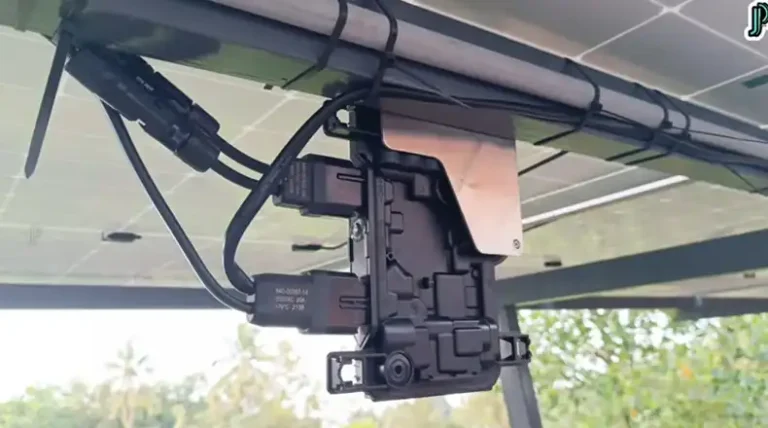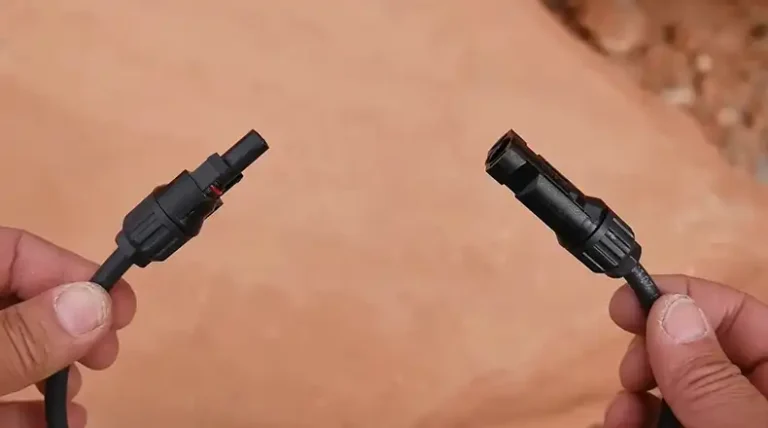Cost Comparison Of Different Solar Panel Brands
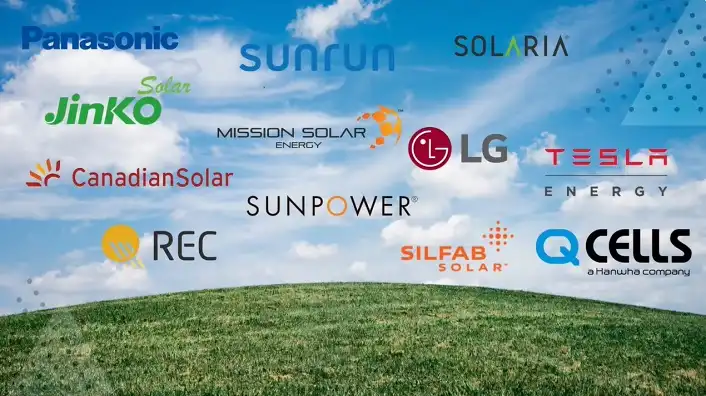
When it comes to investing in solar energy for your home, understanding the cost comparison of different solar panel brands is crucial for making an informed decision.
While the initial price tag is an important factor, it’s not the only consideration when evaluating the true cost of a solar panel system.
Efficiency, durability, warranty coverage, and long-term energy production all play significant roles in determining the overall value of your investment.
Premium brands like SunPower, LG, and Panasonic often come with higher upfront costs but may offer superior efficiency and longer warranties.
Mid-range options such as Canadian Solar and Jinko Solar strike a balance between cost and performance, while budget-friendly alternatives can provide a more accessible entry point for solar adoption.
By carefully weighing these factors and considering your specific energy needs, you can find the solar panel brand that offers the best combination of cost-effectiveness and long-term value for your home.
Cost Comparison of Major Solar Panel Brands
When comparing the costs of different solar panel brands, it’s helpful to categorize them into premium, mid-range, and budget-friendly options. Each category offers different benefits and trade-offs in terms of price, efficiency, and overall value.
Premium Brands (e.g. SunPower, LG, Panasonic)
Premium solar panel brands are known for their high efficiency, advanced technology, and comprehensive warranties. While they come with a higher price tag, they often provide superior performance and long-term value.
SunPower:
Cost: $2.80 – $3.50 per watt
Efficiency: Up to 22.8%
Warranty: 25-year product and power output warranty
Key Features: High efficiency, low degradation rate, aesthetically pleasing design
LG:
Cost: $2.60 – $3.30 per watt
Efficiency: Up to 21.7%
Warranty: 25-year product and power output warranty
Key Features: High efficiency, strong brand reputation, robust performance in various climates
Panasonic:
Cost: $2.50 – $3.20 per watt
Efficiency: Up to 21.2%
Warranty: 25-year product and power output warranty
Key Features: HIT technology for better performance in high temperatures, low degradation rate
Mid-Range Brands (e.g. Canadian Solar, Jinko Solar)
Mid-range solar panel brands offer a balance between cost and performance. They typically provide good efficiency and reliability at a more accessible price point.
Canadian Solar:
Cost: $2.20 – $2.80 per watt
Efficiency: Up to 20.9%
Warranty: 12-year product warranty, 25-year linear power output warranty
Key Features: Good value for money, strong performance, reputable brand
Jinko Solar:
Cost: $2.10 – $2.70 per watt
Efficiency: Up to 20.78%
Warranty: 12-year product warranty, 25-year linear power output warranty
Key Features: Cost-effective, high production capacity, good performance in various conditions
Budget-Friendly Options
Budget-friendly solar panel options can provide a more accessible entry point for homeowners looking to adopt solar energy. While they may have lower efficiency ratings, they can still offer good value for those with ample roof space and lower energy needs.
Trina Solar:
Cost: $1.90 – $2.50 per watt
Efficiency: Up to 19.9%
Warranty: 10-year product warranty, 25-year linear power output warranty
Key Features: Affordable, decent efficiency, reliable performance
LONGi Solar:
Cost: $2.00 – $2.60 per watt
Efficiency: Up to 20.9%
Warranty: 12-year product warranty, 25-year linear power output warranty
Key Features: Good balance of cost and efficiency, strong R&D focus
It’s important to note that these prices are approximate and can vary based on factors such as location, system size, and installation costs. Additionally, the solar panel market is dynamic, with prices and specifications subject to change.
Factors Influencing Solar Panel Costs
When comparing the costs of different solar panel brands, it’s essential to understand the various factors that contribute to pricing.
These factors not only affect the initial purchase price but also impact the long-term value and performance of your solar energy system.
Efficiency and Technology
One of the primary factors influencing solar panel costs is the efficiency and technology used in their production.
Higher efficiency panels can convert more sunlight into electricity, which means you may need fewer panels to meet your energy needs. However, this advanced technology often comes with a higher price tag.
For example, premium brands like SunPower are known for their high-efficiency panels, which can reach efficiency ratings of up to 22.8%.
While these panels are more expensive upfront, they can generate more power per square foot, potentially saving space on your roof and producing more energy over time.
Mid-range brands typically offer efficiency ratings between 17% and 20%, providing a balance between cost and performance.
Budget-friendly options may have lower efficiency ratings but can still be a viable choice for homeowners with ample roof space and lower energy needs.
Brand Reputation
The reputation of a solar panel brand can significantly impact its pricing. Well-established brands with a history of quality products and reliable performance often command higher prices due to consumer trust and perceived value.
Premium brands like SunPower, LG, and Panasonic have built strong reputations in the solar industry, which is reflected in their pricing.
These brands often invest heavily in research and development, quality control, and customer service, factors that contribute to their higher costs but also to their reliability and performance.
Mid-range and newer brands may offer more competitive pricing as they work to establish themselves in the market.
While they may not have the same long-standing reputation as premium brands, many of these companies produce high-quality panels that offer excellent value for money.
Manufacturing Location
The location where solar panels are manufactured can also affect their cost. Panels produced in countries with higher labor and production costs, such as the United States or Germany, may be more expensive than those manufactured in countries with lower production costs, like China or Malaysia.
However, it’s important to note that the manufacturing location doesn’t necessarily indicate quality. Many reputable brands produce high-quality panels in countries with lower production costs to remain competitive in the global market.
Warranty and Durability
The warranty offered by a solar panel manufacturer is another factor that influences cost. Premium brands often provide longer and more comprehensive warranties, which can add to the initial price but offer greater peace of mind and potential long-term savings.
For instance, SunPower offers a 25-year warranty that covers both the product and power output, while some budget-friendly options may only offer a 10-year product warranty and a 25-year linear power output warranty.
The durability of the panels, which is often reflected in the warranty terms, can also impact long-term costs.
More durable panels may degrade at a slower rate, maintaining higher energy production over time and potentially offering better value in the long run.
Additional Costs to Consider
When evaluating the cost of solar panels, it’s crucial to look beyond just the price of the panels themselves. Several additional factors contribute to the overall cost of a solar energy system and can significantly impact your total investment.
Installation Costs
Installation costs can vary widely depending on factors such as:
Roof condition and type: Complex roof designs or those requiring repairs before installation can increase costs.
System size: Larger systems generally have lower per-watt installation costs due to economies of scale.
Location: Labor costs and permitting fees vary by region.
Accessibility: Difficult-to-reach roofs may require special equipment, increasing installation costs.
On average, installation costs can range from $0.70 to $1.50 per watt. For a typical 6kW system, this could add $4,200 to $9,000 to your total cost.
Inverter and Balance of System Costs
The inverter is a crucial component that converts DC power from your panels into AC power for your home. There are several types of inverters:
String inverters: The most common and typically least expensive option. Cost: $0.15 to $0.25 per watt
Microinverters: Installed on each panel, offering better performance in partial shade. Cost: $0.40 to $0.60 per watt
Power optimizers: A middle ground between string and microinverters. Cost: $0.30 to $0.50 per watt
Balance of System (BOS) components include mounting hardware, wiring, and other electrical components. BOS costs typically range from $0.30 to $0.50 per watt.
Maintenance and Cleaning Costs
While solar panels are generally low-maintenance, periodic cleaning and check-ups can optimize performance:
Annual cleaning: $150 to $300 per year
Inspection and maintenance: $300 to $500 every few years
Some companies offer maintenance packages, which can range from $150 to $300 per year but may provide peace of mind and potentially catch issues early.
When budgeting for your solar panel system, it’s essential to factor in these additional costs.
While they can add to your initial investment, proper installation, quality components, and regular maintenance can enhance the performance and longevity of your system, potentially leading to greater energy savings over time.
Long-Term Value and Return on Investment
When evaluating the cost of solar panels, it’s crucial to consider the long-term value and return on investment (ROI) they offer.
While the initial costs may seem significant, solar panels can provide substantial financial benefits over their lifetime.
1. Energy Production Over Time
The energy production of solar panels over time is a key factor in determining their long-term value. Here are some important points to consider:
Annual energy output: This varies based on panel efficiency, location, and system size. A typical 6kW system in the U.S. can produce 7,200 to 9,600 kWh per year.
Electricity cost savings: The amount you save depends on local electricity rates. With average U.S. residential rates around $0.14 per kWh, annual savings could range from $1,000 to $1,350.
Net metering: Many utilities offer net metering, crediting you for excess energy your system produces. This can further increase your savings.
2. Durability and Degradation Rates
The durability of solar panels and their degradation rates over time significantly impact their long-term value:
Lifespan: Most solar panels are designed to last 25-30 years or more.
Degradation rates: This refers to the gradual decrease in a panel’s energy production over time.
- Premium panels like SunPower may degrade at only 0.25% per year.
- Mid-range and budget panels typically degrade at 0.5% to 0.8% per year.
Long-term output: After 25 years:
- A premium panel might still produce 92% of its original output.
- A standard panel might produce 82-87% of its original output.
3. Warranty Coverage
Warranty coverage is an important aspect of long-term value:
Product warranty: Covers defects and failures.
- Premium brands often offer 25-year product warranties.
- Mid-range and budget options typically offer 10-12 year product warranties.
Performance warranty: Guarantees a certain level of power output over time.
- Most brands offer 25-year linear performance warranties.
- Premium brands may guarantee 92% production after 25 years.
- Standard warranties often guarantee 80-85% production after 25 years.
Calculating ROI:
To calculate your potential ROI:
- Estimate total system cost (panels, installation, additional components).
- Calculate annual energy savings based on your electricity usage and rates.
- Factor in any tax incentives or rebates (e.g., the 30% federal tax credit).
- Consider the system’s lifespan and degradation rate.
Example ROI Calculation:
System cost: $18,000 (after 30% federal tax credit)
Annual savings: $1,200
Payback period: 15 years
Additional savings over next 10+ years: $12,000+
While the payback period may seem long, remember that you’re saving on electricity costs from day one, and your system continues to provide value well beyond the payback period.
Factors Affecting ROI
Electricity rates: Higher rates mean faster ROI.
Solar incentives: Local rebates and incentives can significantly reduce upfront costs.
Future electricity prices: If rates rise, your savings (and ROI) increase.
Summary
When evaluating the long-term value and ROI of solar panels, it’s important to look beyond the initial cost. Consider factors like energy production, durability, degradation rates, and warranty coverage.
While premium panels may have a higher upfront cost, their superior efficiency and lower degradation rates could provide better long-term value.
Conversely, more affordable options might offer a quicker payback period but potentially less long-term savings.
Ultimately, the best choice depends on your specific circumstances, including your energy needs, budget, and long-term goals.
By carefully considering these factors, you can make an informed decision that maximizes your long-term value and ROI from solar energy.

